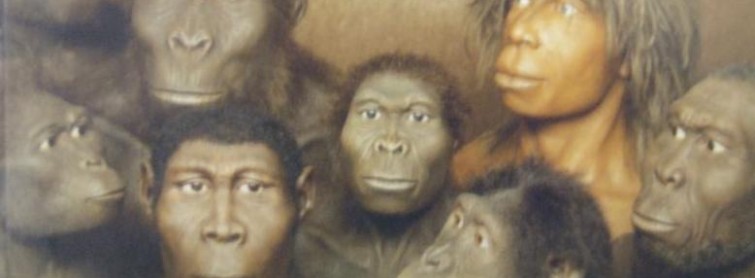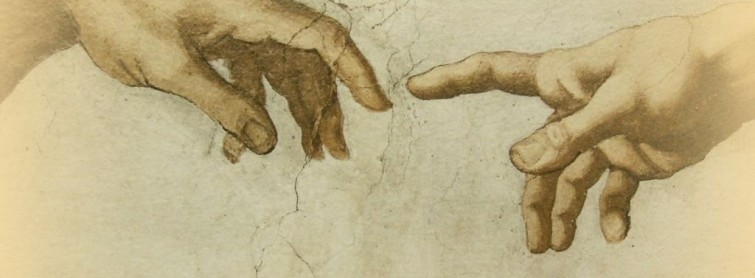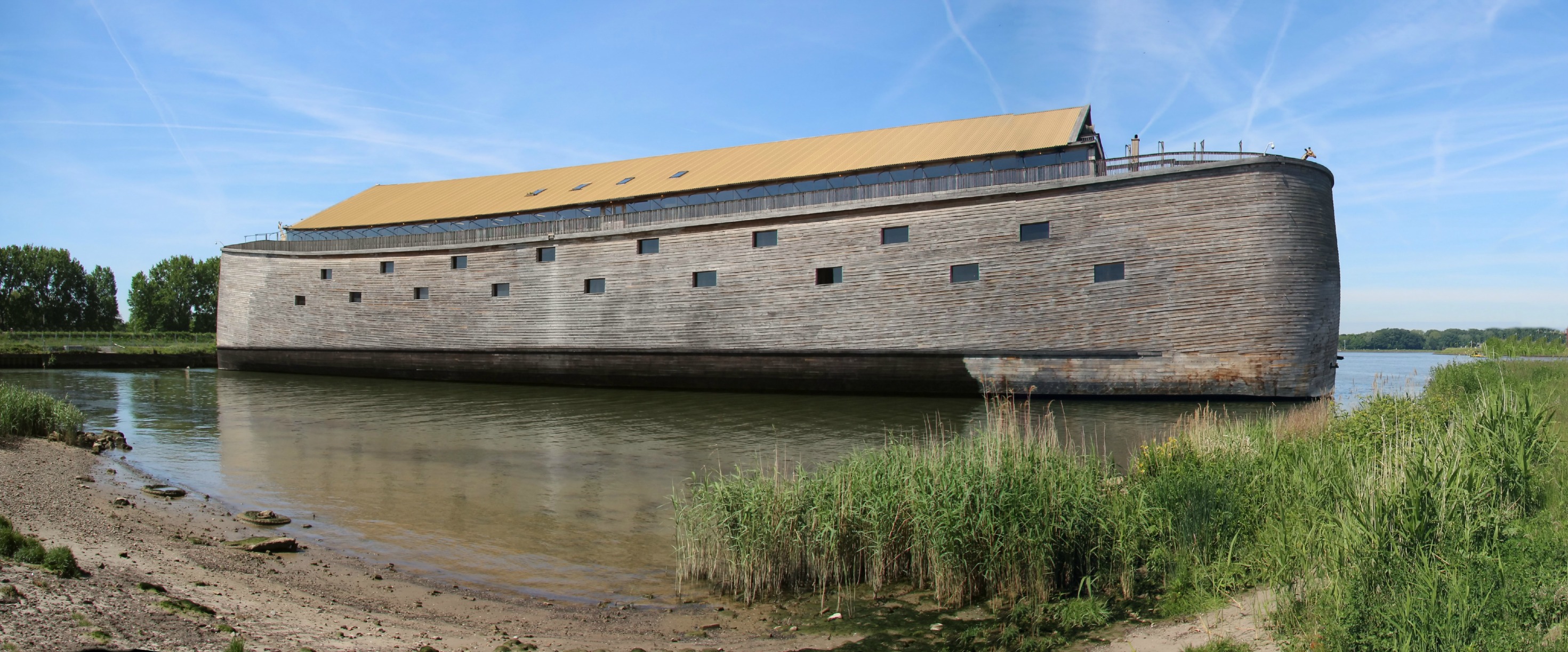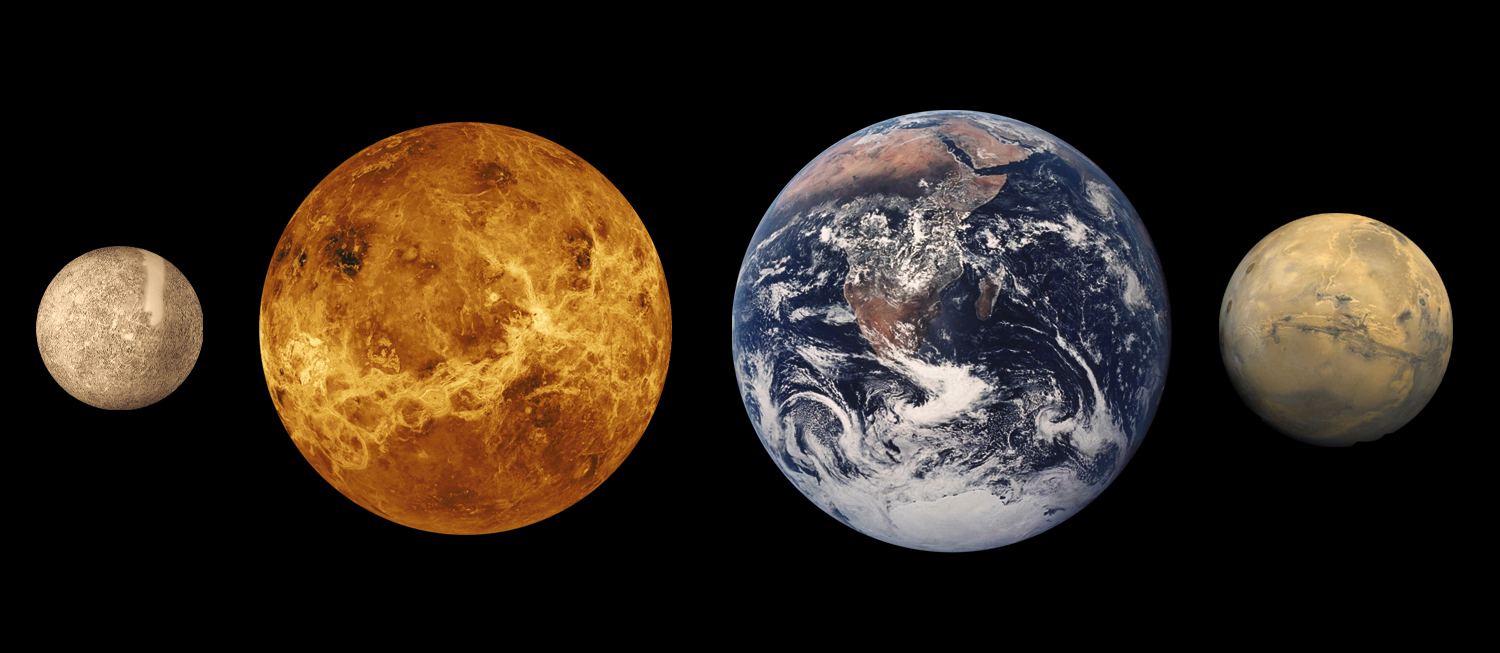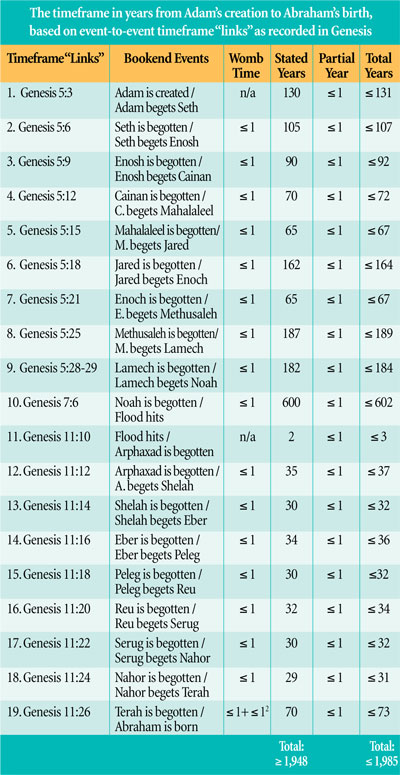Unless you have been living under a rock, you will be aware of the ever growing divide between the world of science, and faith – particularly in relation to the creation versus evolution debate.
Mainstream science believes that the earth is billions of years old and has come into existence through the process of evolution, popularised by Charles Darwin. Evolution also maintains that humans have evolved from single-cell organisms to their present state: homo sapiens.
Christianity adheres to the Biblical account of creation, described in Genesis. This view maintains that the universe was created in a seven day time period and a literal reading indicates that the earth may only be 6,000 to 10,000 years old. Genesis also describes humans as having been divinely created in the image of God himself.
It is at the cross section of these two views that we, as 21st century people, find ourselves. The media has done a fantastic job of branding these two views as polar opposites, placing Christianity and science as two teams fighting within a cultural war. Recent studies indicate that most people now believe that their position on our origins is an ‘all-or-nothing’ issue. They must choose a side: Christian and creation, or non-Christian and evolution.
If this is the case, then how do we know which side we should be on? With children now being taught evolution in schools and being raised in a culture where we are encouraged to choose a side, we need to have a good understanding of this faith issue.
History of Evolution
The creation versus evolution debate is relatively recent, having began during the late 18th century in Europe and North America. When new interpretations of geological evidence began to emerge, questions were raised about the age of the earth. This drove some early ideas about evolution, including Lamarckism, which describes the idea that a cell can pass on characteristics to its offspring. By the mid-19th century, books were being written such as Robert Chambers’ “Vestiges of the Natural History of Creation” which began popularising the idea of the transmutation of species. This idea paved the way for Darwin’s theory of natural selection.
While on a voyage studying the wildlife, Charles Darwin observed the variation in the appearance of individual animals. This, he concluded, meant that with enough time, these variations in their physical appearance would look significantly different. The publication of his work “On the Origin of Species” in 1859 further popularised the theory of evolution and allowed the theory to become an entire field of study.
History of Creationism
By the early 19th century, debate had begun to develop regarding the Bible and how this should be read and interpreted. Some theologians were arguing that a less literal approach should be taken, with the focus shifting to the theological concerns presented within the Biblical accounts. With the advent of new thinking on the age of the earth, religious thinkers sought to reconcile the two ways of thinking by developing ideas such as ‘gap-creationism’.
While most 19th century scientists came to accept the theory of evolution, theologians were accepting it also, understanding it as a vehicle God had used to bring about the earth. In the 20th century, several factors including the rise of Biblical literalism, Christian fundamentalism and the scepticism of the post-modern era led to a backlash against evolutionary ideas – parents soon began to voice concern over evolutionary teaching in schools and clergy became concerned that belief in evolution would invalidate the creation story described in the Bible.
Then 1960s saw the first major modern creationist book go to print. “The Genesis Flood: The Biblical Record and Its Scientific Implications” argued for a literal reading of creation week and suggested that humanity must have co-existed with dinosaurs. These views rose in popularity, particularly in Britain and were soon the foundation for the establishment of the Institute for Creation Research which aimed to promote creationism throughout the world.
The belief held within the scientific community that evolution explains the origins of life continues to be challenged by creationists today.
The Debate
Alongside the rise of the theory of evolution on the world stage in the 19th century, was support, particularly from Christianity. The reverend Charles Kingsley of the Church of England, openly supported the theory of evolution and saw God as having worked through evolution in order to bring about the earth. Prominent botanist Asa Gray also produced an influential book explaining that religion and science were not mutually exclusive, and set forward his support for Darwin’s work. As the theory found more global support, the Catholic Church became accepting of Darwin’s ideas and more recently Pope Francis has even stated that both evolution and creation may be two halves of the same equation.
Though on some occasions faith and science have been able to see eye-to-eye, there are many points on which they have not. Creationists often feel that scientific theories are inadequate due to the processes and biases involved in developing them, while science claims that creationism is a pseudo-science, based on faith and lacking in solid evidence.
Biology often comes under significant scrutiny within the controversy between creationism and science. Within biology, human evolution is by far the most hotly debated topic as it is perceived to threaten the accounts of human creation found in the Biblical texts. Scientists argue that fossil records and DNA comparisons demonstrate the evolutionary process that the human race has undergone, having evolved from primates to humans. Creationists reject this idea, and argue that the theory of human evolution is largely based on assumptions. While science argues that all organisms (including humans) have common descent, Christianity proposes that God created different kinds (humans and different kinds of animals) at the same time, so not every organism can have a common ancestor.
Two other areas of frequent dispute are macroevolution and transitional fossils. Creationists readily accept microevolution (the idea that small evolutionary processes take place within kinds – dog breeds for instance) but reject the scientific idea of macroevolution which argues that evolution also happens on a grand scale. Creationists also reject the existence of transitional fossils, which scientists use as evidence in the case for evolution.
Geology is another prominent area of debate within the creation versus evolution debate. Creationism maintains the position that based on the Biblical chronologies, the world cannot be older than around 6,000 years, when God created it. Science claims that the age of the earth is closer to around 4.5 billion years – a point which is rejected by creationists on the grounds that the methodology used to come to these conclusions is flawed. Creationists argue that scientific processes such as radiometric dating are unreliable, and thus cannot be used to make conclusions about the age of the earth.
How Should We Handle This?
While Christianity and creationism have often been diametrically opposed to scientific claims about the origins of the earth and humanity, we must also recognize that the world of faith and science approach these ideas with very different ways of thinking, asking fundamentally different questions about our reality. We must allow space for both science and faith to take place within us, and not continue to reinforce the dichotomy that exists between the two.
Although some Christian leaders have come forward and posited views which either accept or reject claims from the scientific community, as Christians we must have an awareness that everything depends on our creative God – and our finite, human understandings may never be able to fully grasp how he went about his creative activity.
We must also acknowledge that while the accounts of Genesis describe the origins of our earth and of human life, it also contains writing that is beautiful, poetical and ultimately theological. While these texts may contain clues about the science behind God’s creative action, they are not designed to be a scientific manual. They are designed to provide us with a theological guide to understanding our creative God.
Sign our petition to establish Creation Day as an official holiday!

